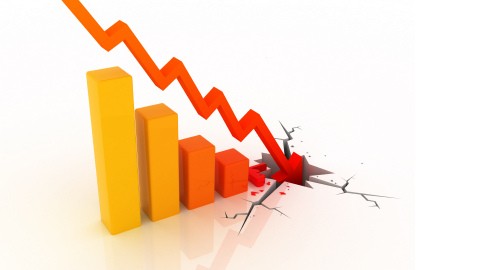Market Value
Post on: 30 Июль, 2015 No Comment

The explanation of market value in this article applies to single family houses only. Different methods apply to apartments and other commercial real estate.
The meaning of market value confuses many people. As consumers, most people shop at retail stores and pay the price printed on the price tag. A sweater is worth $24.95 because the price tag says so. A hammer is worth $10.95 because the price tag says so. We really don’t question it because we are programmed to pay the amount of money listed on the price tag.
When stores have sales on certain items, it is because the store did not sell all of these items for the listed price within a certain period of time. The sweater was not worth $24.95 to enough people. Therefore, the store must now lower the price to persuade people to buy the remaining sweaters.
At the beginning of the Fall clothing season, the market value of the sweater was $24.95. In March, when we have more interest in Spring clothes, the market value may drop to $9.95.
Market value is simply the price at which something will sell within a reasonable period of time. In a normal or average real estate market, reasonable means one to three months. Here is our definition:
Market value is the price at which a particular house, in its current condition, will sell within 30 to 90 days.
This definition contains three elements:
1. Particular house
2. Current condition
3. 30 to 90 days
The only real measure of market value is what a particular house sells for. Period. However, unless you have a crystal ball, you might think you cannot predict how much someone will pay for the house in the future.
The particular house
When you determine market value. you must always remember that you are estimating the market value of one particular house. The location, or neighborhood, of this particular house is the starting point for your investigation. The exact same house in the next city, or even on the other side of the same city, is not relevant to this determination.
For example, a house located in La Jolla, California could be worth half a million dollars. But if the exact same house were located in San Diego (the city next door) it might be worth only $225,000. That’s still a hefty price. But it’s less than half the price of the La Jolla house.
Although this may seem like an extreme example, house prices throughout the country fluctuate significantly from city to city and from neighborhood to neighborhood. Therefore, whenever you determine the market value of one particular house, you must compare it only with similar houses in the same or nearby neighborhoods.
Current condition
Next, you must assess the current condition of the particular house. The current condition determines the number of buyers who are interested in purchasing the property, which affects the amount of time the house remains for sale on the market before it is sold.
Most home buyers want to buy the prettiest house on the block. Is the house gorgeous and ready to move into? Or is it a dump that needs a major renovation.

Simply subtracting the amount of estimated fix-up costs from the selling price of other similar houses in the same neighborhood is not an accurate way to determine current market value for a particular house. If a house in good condition could sell for $80,000 and the house you are interested in needs $4,000 worth of repairs, that does not mean the current market value of your house is $76,000.
Here’s why: Far fewer buyers want to buy a house that doesn’t look pretty. When a house attracts fewer buyers, it takes longer for the house to sell. To attract more buyers and sell the house sooner, the price must be reduced by much more than the mere cost of repairs.
Although the current condition of the house is an essential element of market value, it is almost impossible to determine exactly how much the physical condition of the house affects its value. This simply is not an exact science. As a general rule, you should be fairly safe if you subtract two to three times the amount of the fix-up costs.
30 to 90 days
In a normal real estate market, if a house doesn’t sell within one to three months (30 to 90 days), the reason is simple: The price is too high. Even perfect houses don’t sell within this time frame if the price is too high. On the other hand, if a house sells within one to two weeks, the asking price was probably too low. A house that sells within one to three months is priced at the true market value of the house.
Imagine this scenario. It will take a year to sell a particular house for $100,000, six months to sell it for $90,000 and one week to sell it for $70,000. The price that will sell this house within one to three months lies somewhere between $90,000 and $70,000. The price that will sell this house in one to three months is probably right around $80,000, its true market value.
Market Value is simply the price at which something will sell within a reasonable period of time. I’ll explain exactly how to use comparable sales to calculate the current market value of a particular house in: How to Determine Market Value .
CLICK here to subscribe to our mailing list and get unique, fresh content like this delivered right to your inbox.
About the author.
J. P. Vaughan is the co-founder and Publisher of Creative Real Estate Online. She is the author of How to Buy Your Dream House for 1/2 Price (Quantum Publications 1994, out of print). She is also an attorney who practiced law in Michigan until she started investing in real estate full time in 1988.














